I'm looking to create a formula that counts the number of sign ups for a given day. My input data is based off an event log, and looks something like this:
AccountName | SignUpDay | EventLogged
acct1 | 06/01/2016 | 06/01/2016
acct1 | 06/01/2016 | 06/05/2016
acct2 | 06/01/2016 | 06/02/2016
acct3 | 06/01/2016 | 06/04/2016
acct3 | 06/01/2016 | 06/06/2016
acct4 | 06/03/2016 | 06/06/2016
The above is dummy data. But lets say I have 10k lines for my input data. For my output, given a specific day I want to look at the input data and return the number of signups for that particular day. What I want to achieve is something like this:
SignUpDay | Count
06/01/2016 | 3
06/02/2016 | 0
06/03/2016 | 1
I know I could probably do something like this in R, but I'm working within what I have right now, which is excel. Anyone have any ideas on how to achieve this?

